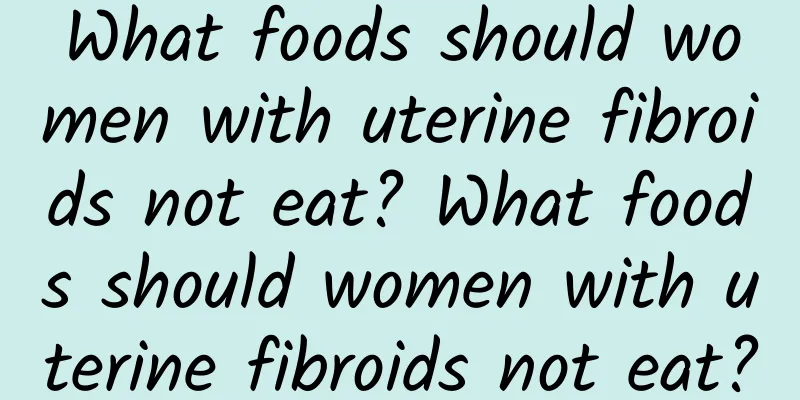What causes ovarian and fallopian tube tuberculosis?

|
What causes ovarian and fallopian tube tuberculosis? Ovarian and fallopian tube tuberculosis is common in young and middle-aged women, accounting for more than 90% of female genital tuberculosis, and is mostly bilateral. There are three types: combined perisalpingitis, interstitial tuberculous salpingitis, and tuberculous endosalpingitis. The ovaries and fallopian tubes are important parts of women. The causes of ovarian and fallopian tube tuberculosis are as follows: 1. Suppurative salpingitis: common in incomplete abortion, artificial abortion and puerperal infection. The pathogens are pyogenic Staphylococcus, Streptococcus, Escherichia coli and Pseudomonas aeruginosa, which lead to interstitial salpingitis, isthmic nodular salpingitis, tubal water and tubal pus, and tubal tuberculosis. 2. Abnormal development of the fallopian tube: Congenital abnormalities of the fallopian tube such as fallopian tube dysplasia, bending and twisting, and fallopian tube diverticulum can lead to abnormal functions of the fallopian tube in transporting eggs, sperm and fertilized eggs, which can easily lead to infertility and fallopian tube pregnancy, and ultimately lead to fallopian tube tuberculosis. 3. Gonorrheal salpingitis: In recent years, it has been found that the proportion of pelvic inflammatory disease caused by chlamydia and mycoplasma infection has increased. The effect of gonorrhea on the fallopian tube is mucosal infection, which spreads through the endometrium of the cervix, endometrium, and fallopian tube endometrium to the pelvic peritoneum, but generally there is no acute phase. The initial symptoms of infection are mild and if not paid attention to, it will eventually lead to fallopian tube tuberculosis. Treatment of ovarian and fallopian tube tuberculosis: timely treatment is required for patients diagnosed with fallopian tube tuberculosis. Patients who do not have fertility requirements should undergo surgical treatment, while patients who have fertility requirements can take Western medicine and Chinese medicine. Patients should maintain a positive and optimistic attitude towards life and have confidence in the treatment of the disease. Eat more foods rich in zinc, such as millet, peanuts, and soy products. |
<<: What fruits and foods should I eat for adenomyosis?
>>: Is cervicitis bleeding serious?
Recommend
What is an ovarian cyst? What are the causes of ovarian cysts?
What exactly is an ovarian cyst? What are the cau...
What are the symptoms of cervical erosion that often occur in women?
It is common for women to suffer from cervical er...
Smart "B" removes fat, promotes metabolism and helps lose weight! Nutritionist Wang Zinan: 3 must-eat B foods to help burn fat
As the temperature drops suddenly, the human body...
What are the symptoms of chronic adnexitis?
Everyone has heard of chronic adnexitis. But how ...
What are the symptoms of cervical erosion in women? 5 symptoms of cervical erosion in women
Cervical erosion is a common gynecological diseas...
How to treat cervical warts and cure them
In life, many patients will have a great impact o...
Can endometrial tuberculosis be transmitted between sexual partners?
Can endometrial tuberculosis be transmitted betwe...
Overview of Menstrual Irregularities
Menstruation is an important physiological charac...
What should I do if my menstruation is irregular after taking birth control pills?
Irregular menstruation after taking birth control...
What to do if there is a nodule after Bartholinitis
The appearance of nodules after Bartholin's g...
Overcome your weight loss plateau! Supplement protein in moderation
I believe that friends who have experience in wei...
What are the methods of abortion in three months of pregnancy?
Nowadays, unexpected pregnancy is normal, but for...
What are the obvious symptoms of habitual miscarriage in women?
The first is vaginal bleeding in women. As for ha...
What are the causes of pelvic inflammatory disease?
What are the causes of pelvic inflammatory diseas...
Muscle loss, it turns out that hormones are causing trouble! 3 major exercises to increase muscle and fight aging
Older people are more likely to suffer from cardi...









